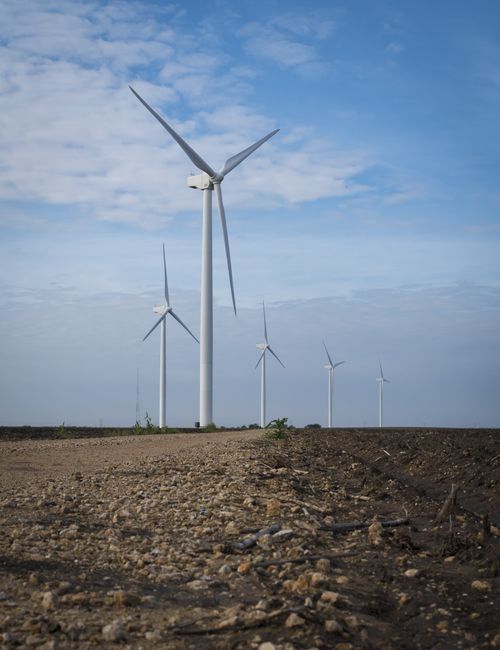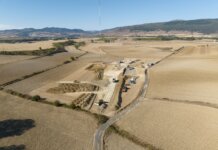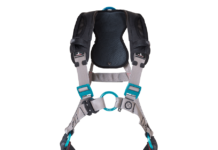Duke Energy Renewables will install NRG Systems’ bat deterrent system over a five-year period at 255 wind turbines in Texas.
The systems will be installed at Duke Energy’s Los Vientos III, IV and V sites beginning in July. The system, mounted on the nacelle of the wind turbine, emits continuous ultrasonic energy in the same frequency range as the bat’s bio sonar used to orient, forage and locate objects. When bats enter the airspace where the deterrent units are operating, the ultrasonic energy essentially disrupts their bio sonar, making it difficult for them to find food sources and navigate their surroundings. This effectively minimizes bats’ interactions with the turbines.
The Rio Grande Valley, where the Los Vientos wind projects are located, has a large population of common bat species, which provide pest control benefits for farmers and ranchers. Maintaining this local bat population was the impetus behind a two-year field study conducted by Duke Energy Renewables, NRG Systems and Texas State University. The study found that the bat deterrent system reduced overall bat fatalities by 50% around wind turbine locations at Los Vientos III, IV and V.
“At Duke Energy, we’re focused on generating clean, renewable energy for customers while also protecting the native wildlife around our generation facilities,” states Greg Aldrich, lead environmental scientist with Duke Energy. “With this new technology, we’re pleased that we’ll be able to significantly reduce the impacts on bats and continue our environmental leadership in this area.”
“We are endlessly grateful to the entire Duke Energy team for the crucial role they played in bringing this technology to market,” notes Brogan Morton, senior product manager at NRG Systems. “Their participation in the two-year study, coupled with their willingness to share their expertise with us, helped us create a commercially viable bat deterrent system that we expect will have considerable benefits both in terms of wildlife conservation and renewable energy generation. Their implementation of our systems at Los Vientos is the next chapter in what has so far been a successful and rewarding collaboration.”
The ultrasonic field emitted by the system does not harm the bats and quickly dissipates beyond the turbine rotor sweep. The sound cannot be heard by humans and does not impact other wildlife or livestock.
This will mark the first commercial deployment of the bat deterrent system in the continental U.S. The technology is also being deployed in Hawaii by Kawailoa Wind.




